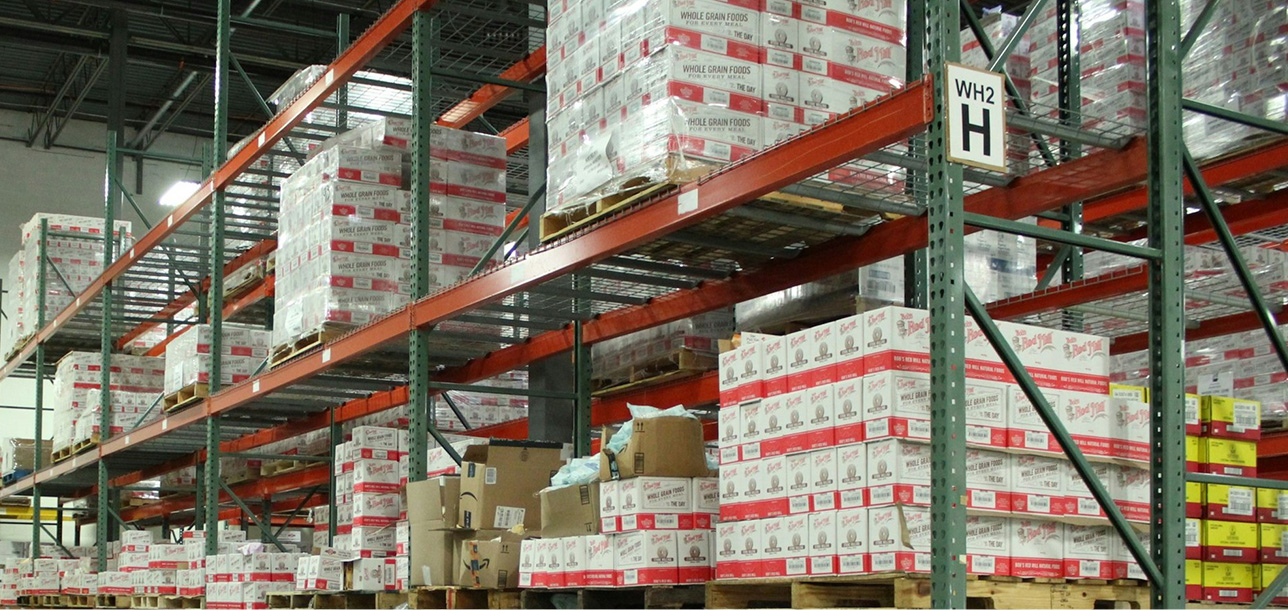Navigating the Future: Unveiling the Most Efficient Freight Transport Solutions
In an increasingly interconnected world, the efficiency of freight transport has become a pivotal factor in global trade and logistics. As businesses strive to optimize their supply chains, understanding the nuances of various freight transport methods is essential. This article delves into the most efficient freight transport solutions available today, examining their advantages, limitations, and the technological innovations driving their evolution.
Understanding Freight Transport Efficiency
Before diving into specific transport methods, it’s crucial to define what constitutes efficiency in freight transport. Efficiency can be measured through several metrics, including cost-effectiveness, speed, reliability, environmental impact, and scalability. The most efficient freight transport solutions are those that balance these factors while meeting the specific needs of businesses and consumers.
- Road Freight: The Backbone of Local and Regional Transport
Road freight remains a dominant mode of transport, particularly for short to medium distances. Its efficiency stems from several key factors:
- Flexibility: Road transport offers unparalleled flexibility, allowing for door-to-door delivery. This is particularly advantageous for businesses that require just-in-time inventory management.
- Infrastructure: Well-developed road networks facilitate quick transit times, making it a preferred choice for many industries.
- Cost-Effectiveness: For shorter distances, road transport can be more economical compared to other modes, especially when considering the total cost of logistics.
However, road transport is not without its drawbacks. Traffic congestion, regulatory hurdles, and environmental concerns are significant challenges that can impact efficiency.
- Rail Freight: The Power of Bulk Transport
For long-distance and bulk shipments, rail freight is often the most efficient option. Here’s why:
- Capacity: Trains can carry a substantial amount of cargo, making them ideal for transporting bulk goods such as coal, minerals, and agricultural products.
- Energy Efficiency: Rail transport is generally more fuel-efficient than road transport, resulting in lower greenhouse gas emissions per ton-mile.
- Cost-Effectiveness: While the initial investment in rail infrastructure can be high, the long-term operational costs are often lower than those of road transport, particularly for bulk shipments.
Despite these advantages, rail freight does have limitations, including fixed routes and schedules, which can reduce flexibility.
- Maritime Freight: The Global Trade Giant
When it comes to international shipping, maritime freight is the most efficient mode for large volumes of goods. Key advantages include:
- Economies of Scale: Container ships can carry thousands of containers at once, significantly reducing the cost per unit shipped.
- Environmental Impact: Shipping by sea is one of the most environmentally friendly transport methods, emitting less CO2 per ton of cargo compared to road and air transport.
- Global Reach: Maritime transport connects continents, making it indispensable for global trade.
However, maritime freight is not without its challenges. Longer transit times and potential delays due to weather or port congestion can impact supply chain efficiency.
- Air Freight: Speed at a Premium
For high-value or time-sensitive shipments, air freight is the go-to solution. Its efficiency is characterized by:
- Speed: Air transport is the fastest mode of freight transport, making it ideal for perishable goods and urgent deliveries.
- Global Connectivity: Air freight networks connect even the most remote locations, facilitating international trade.
- Security: Air cargo is often subject to stricter security measures, providing peace of mind for high-value shipments.
However, the high cost and environmental impact of air freight make it less suitable for bulk or low-value goods.
- Intermodal Transport: The Best of All Worlds
Intermodal transport combines multiple modes of transport to optimize efficiency. By leveraging the strengths of each mode, businesses can achieve:
- Cost Savings: Using the most economical transport mode for each leg of the journey can significantly reduce overall shipping costs.
- Flexibility and Reliability: Intermodal solutions can adapt to changing circumstances, ensuring timely deliveries.
- Sustainability: By optimizing routes and combining modes, intermodal transport can reduce the carbon footprint of freight transport.
Technological Innovations Shaping Freight Transport Efficiency
The future of freight transport efficiency is being shaped by several technological advancements:
- Digital Platforms: Technologies such as blockchain and IoT are enhancing transparency and tracking throughout the supply chain, improving decision-making and operational efficiency.
- Automation: Automated vehicles and drones are set to revolutionize last-mile delivery, reducing costs and increasing speed.
- Sustainability Initiatives: Innovations in alternative fuels and energy-efficient vehicles are addressing environmental concerns, making freight transport more sustainable.
Conclusion: Choosing the Right Freight Transport Solution
In conclusion, the most efficient freight transport solution depends on various factors, including the nature of the goods, distance, urgency, and cost considerations. By understanding the strengths and weaknesses of each mode—road, rail, maritime, air, and intermodal—businesses can make informed decisions that enhance their supply chain efficiency. As technology continues to evolve, the freight transport landscape will undoubtedly become more efficient, sustainable, and adaptable to the needs of a changing global economy.

